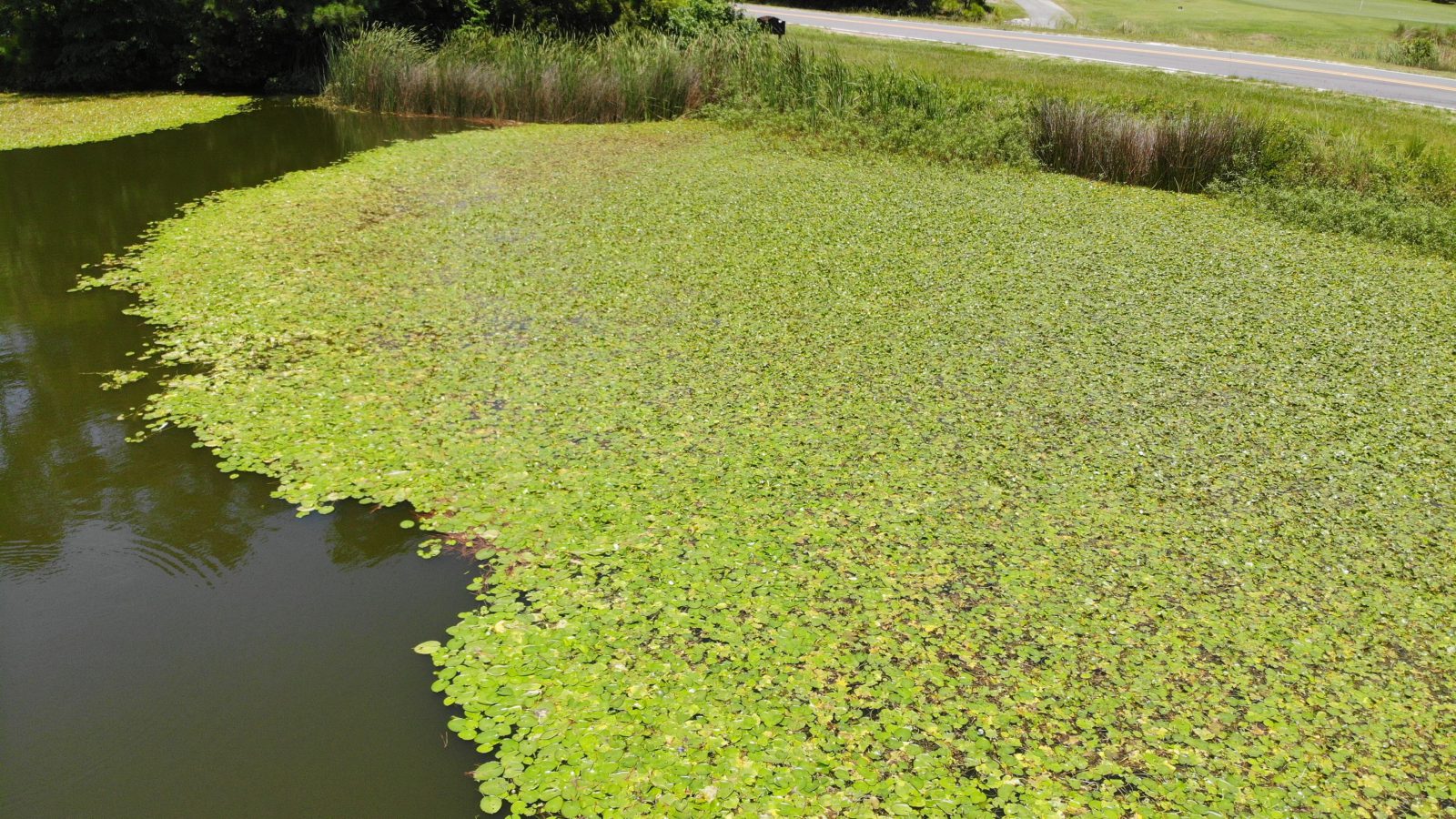
Invasive Aquatic Plants Are Terrorizing Our Freshwater Systems
The summer season is right around the corner and you know what this means: fishing, boating, swimming, and lots of fun around the water. However, if lakes and ponds are not properly managed throughout the year, these activities can be interrupted due to many factors like nuisance and invasive weed growth.
Invasive plants are not inherently bad, but when they are moved from their native ecosystems they reproduce more rapidly. This explosive growth can interrupt recreational activities by ensnaring boat propellers and fish hooks, impeding kayaking, and, in unfortunate instances, drowning swimmers. Likewise, native plants that serve as food and habitat for local wildlife can be threatened and destroyed.
Where does this chain of events lead? Well, the negative effects can be surprising. For example, a study once found that the dense growth of invasive plants near alligator habitats shaded their nests, keeping eggs cooler during the incubation period. Because temperature plays a role in the determination of sex in alligator embryos, scientists found that more females hatched than males.
Over time, this small factor can have significant ramifications on the species – and it’s indicative of the many long-term consequences of allowing invasive plants to spread in our communities. This is why it’s crucial to understand why invasive weeds are spreading and what we can do to stop the problem.
- Aquatic Weed Control
- Lake & Pond Treatment
- Invasive Plant Removal
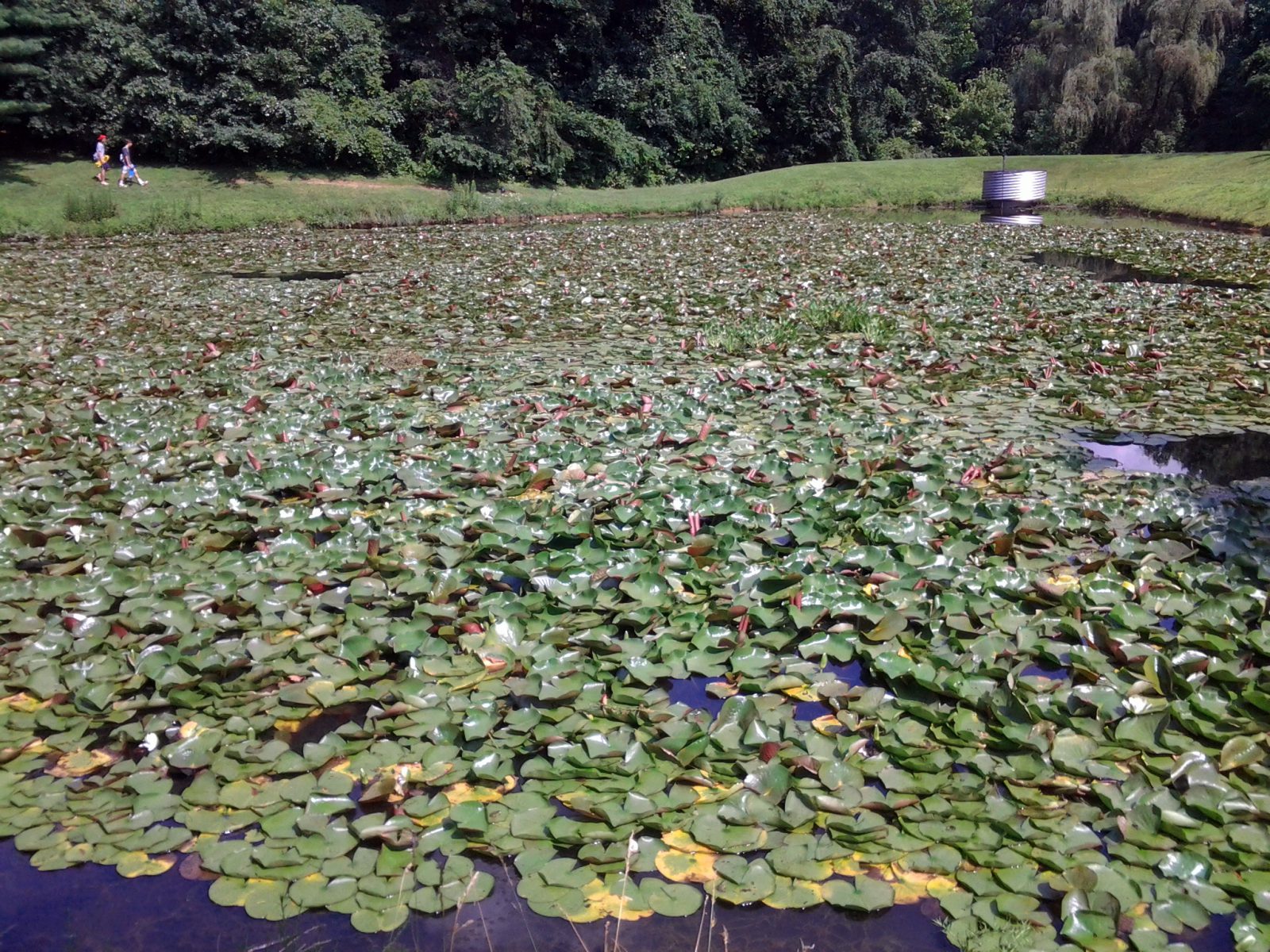
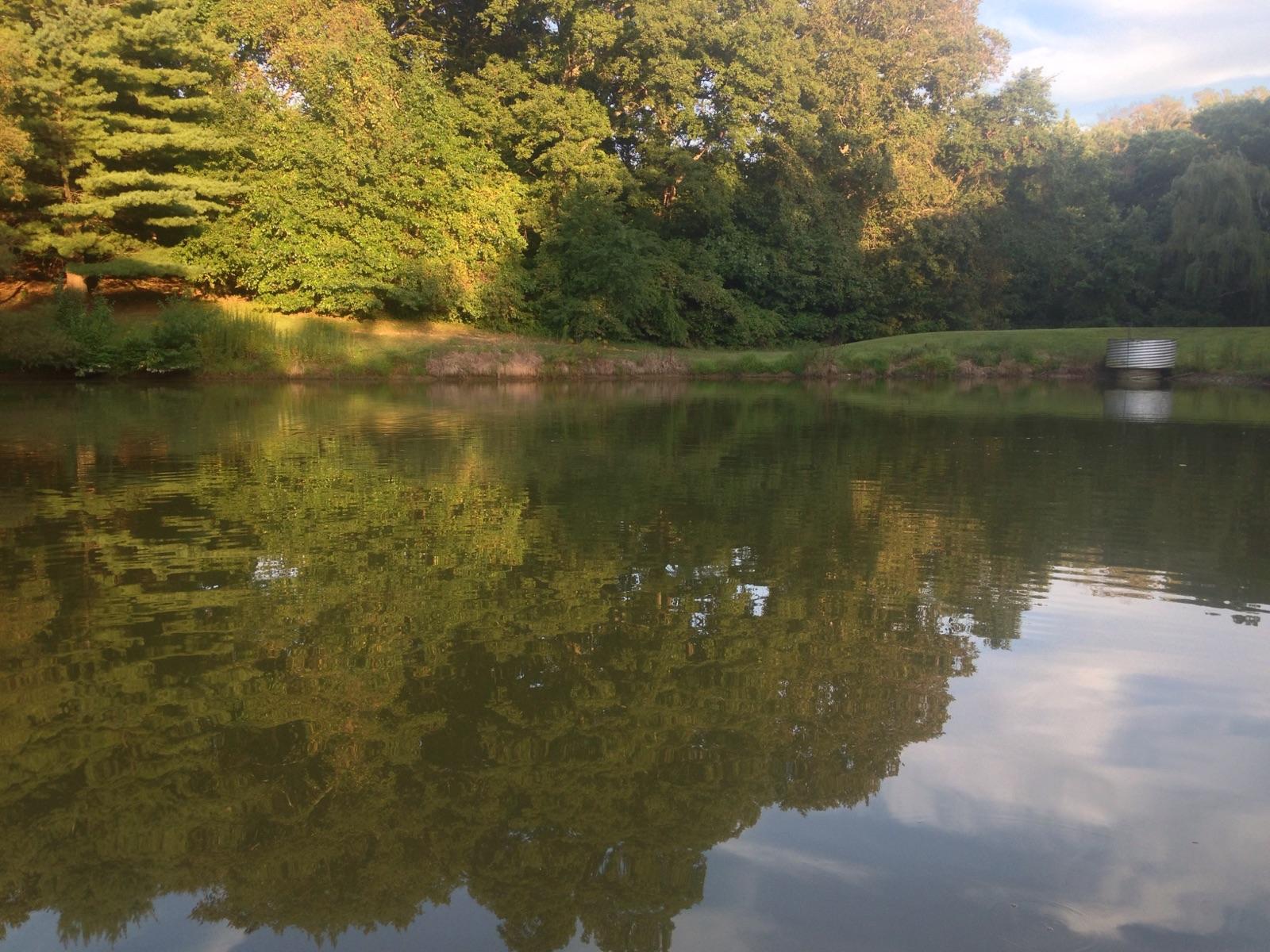
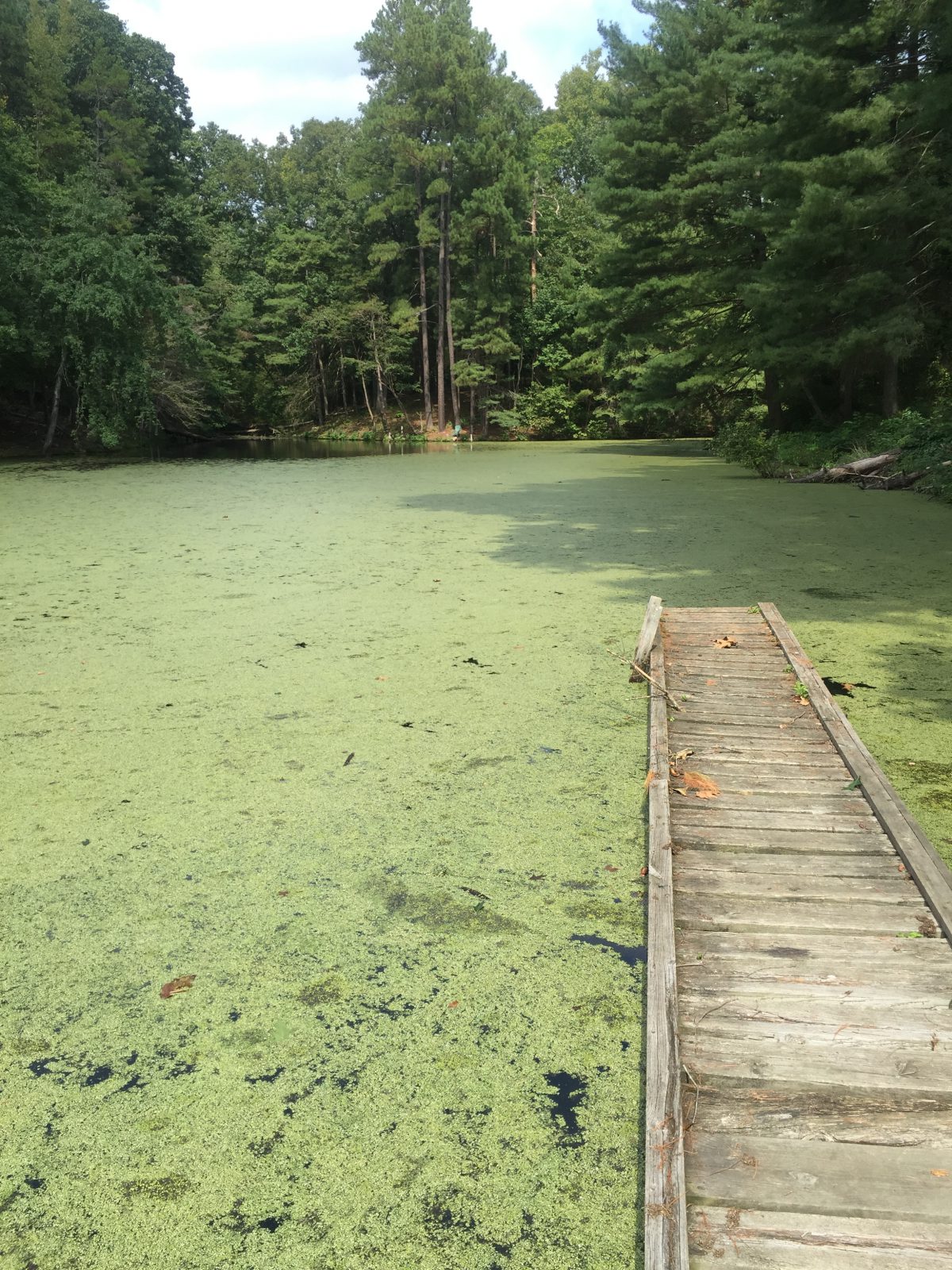
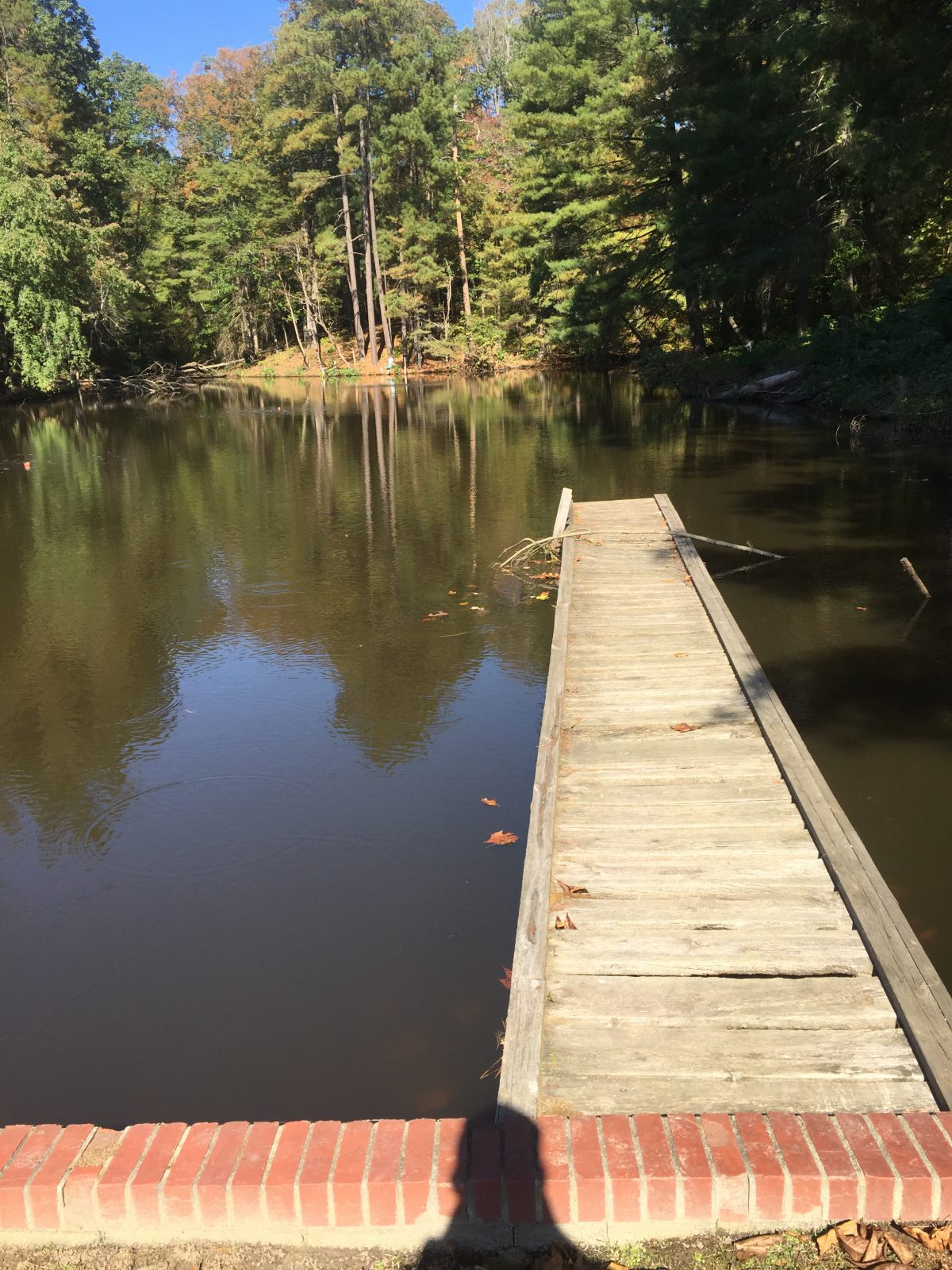
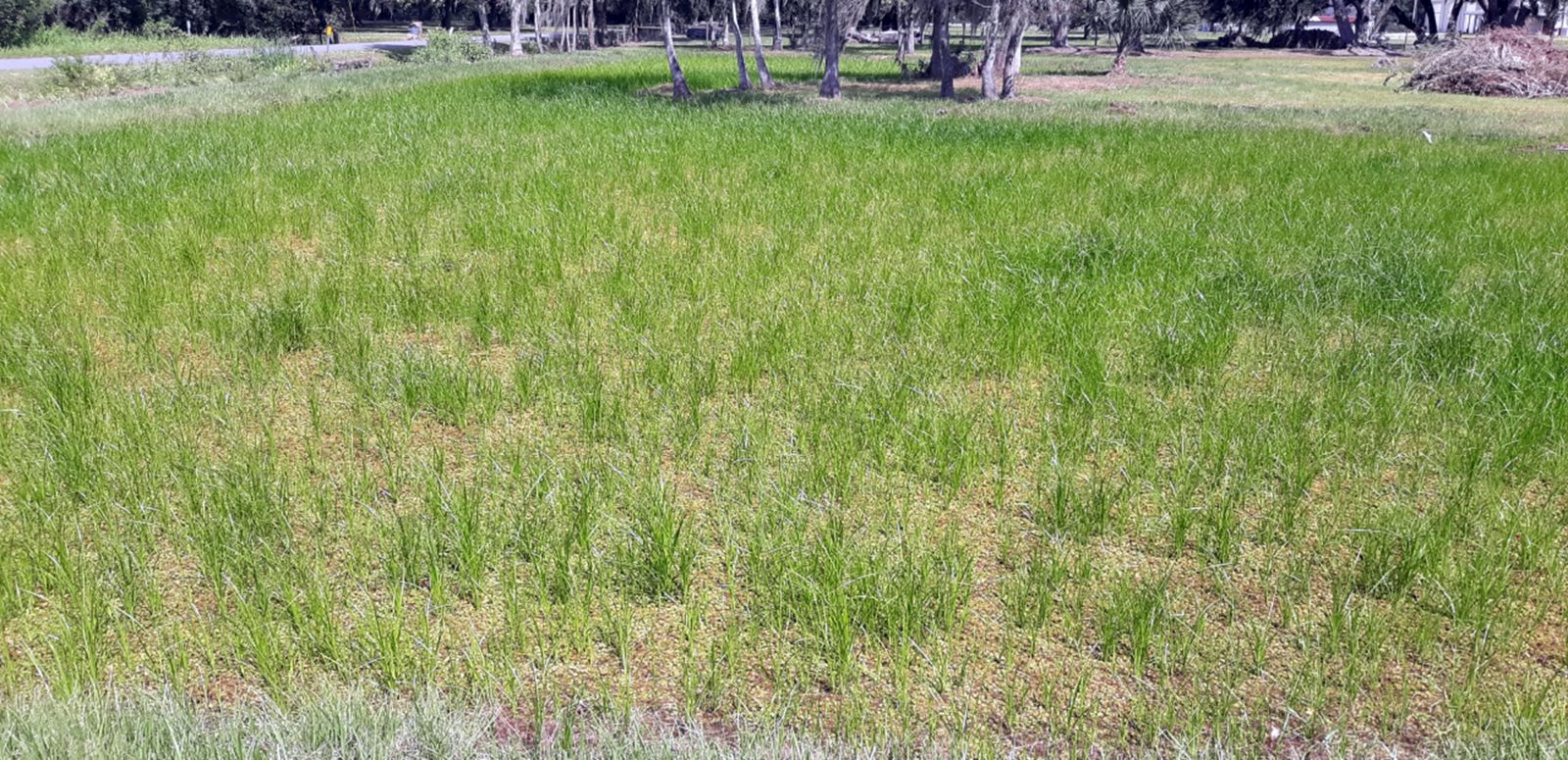
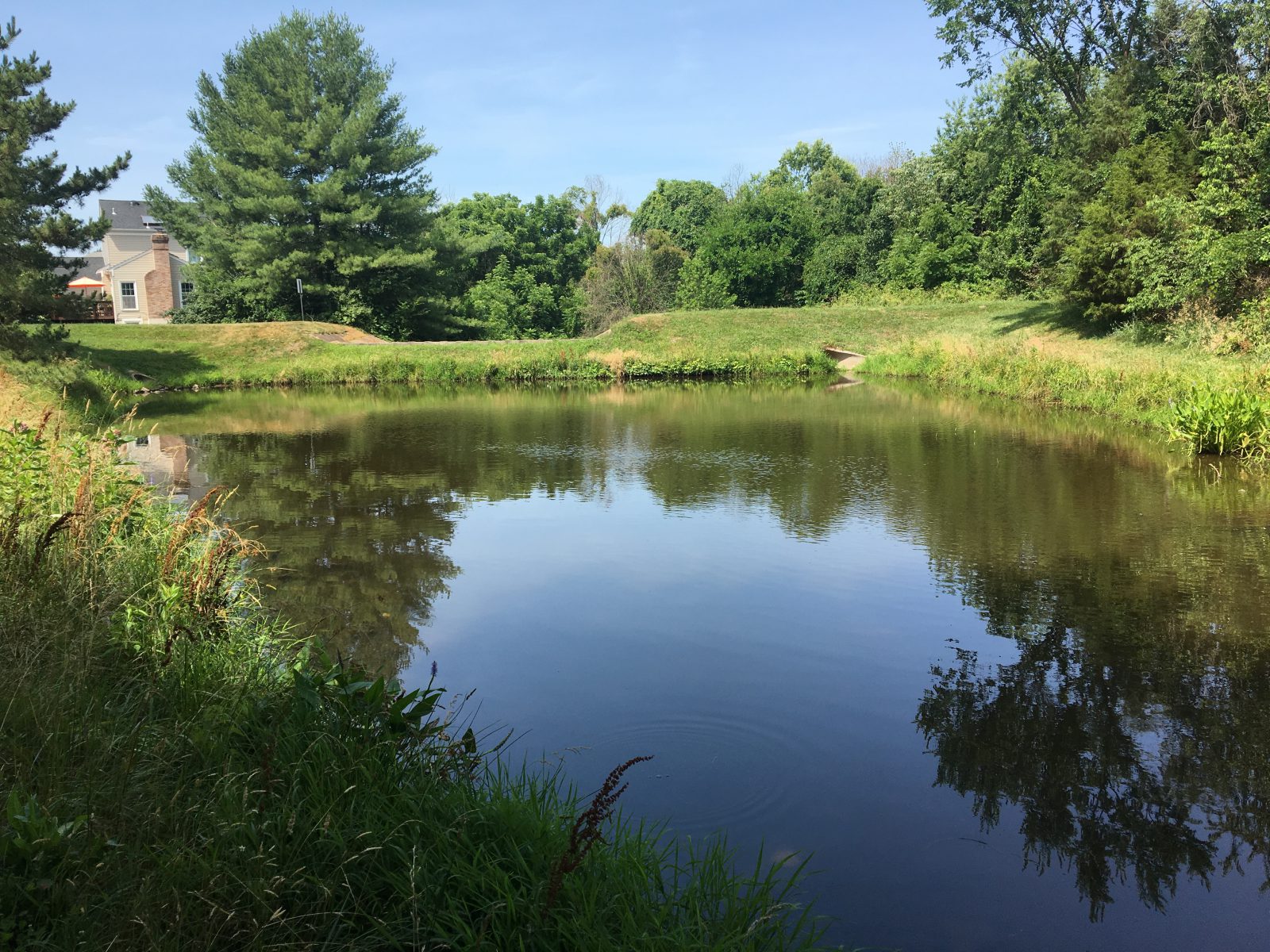
Types of Invasive Weeds
Aquatic weeds come in many forms, including submerged, floating, and emergent species. And each plant species reproduces differently – some by the transportation of seeds from one location to another and others via fragmentation, which is when a piece of vegetation breaks off and forms an entirely new plant. Therefore, professionals rely on a variety of management techniques.
Submerged weeds grow from the bottom of the waterbody and sometimes “top out” at the surface. While they don’t always create visual distractions, submerged weeds clog water intake systems, increase flooding risks, tangle fish hooks and kayak paddles, endanger swimmers, and disturb the natural predator-prey relationships in an aquatic ecosystem. There are also economic risks associated with damaged equipment and a reduction in recreational activity.
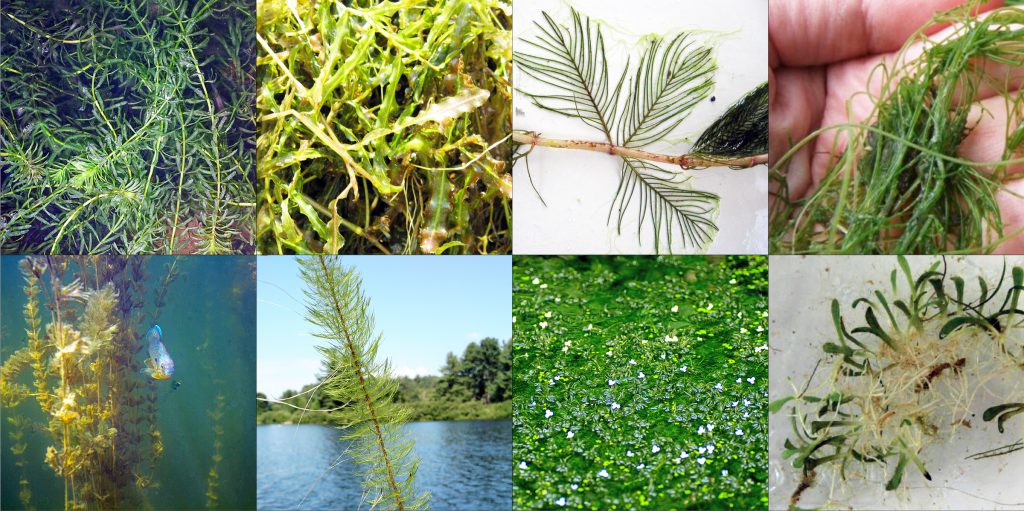
Common submerged species:
- Hydrilla
- Curlyleaf Pondweed
- Fanwort
- Starry Stonewort
- Eurasian Watermilfoil
- Variable Milfoil
- Egeria (Brazilian Elodea)
- Mudmat
Management approaches:
Because submerged plants are rooted below the surface and because many reproduce easily through fragmentation, they are most often eradicated with EPA-registered herbicides. These products are optimized, meaning they specifically affect the unique growth mechanisms of the plant without impacting native wildlife or interfering with recreational activities. And when professionally applied with backpack sprayers or modern drone technology, stakeholders can rest assured that management efforts are as highly targeted and efficient as possible.
For smaller infestations or simply ongoing invasive plant management, triploid grass carp are also an effective option. Grass carp are voracious eaters that enjoy feeding on many of the submerged weeds listed here. However, grass carp are not a suitable solution for every waterbody – and in some states, they are not legal – so it’s important to confer with local freshwater management professionals.
Floating Weeds
Floating invasive weeds have vascular root systems, but these are generally not rooted in sediment under the water’s surface. As such, they are known to spread very rapidly throughout waterways and can completely cover the surface of a lake or pond.
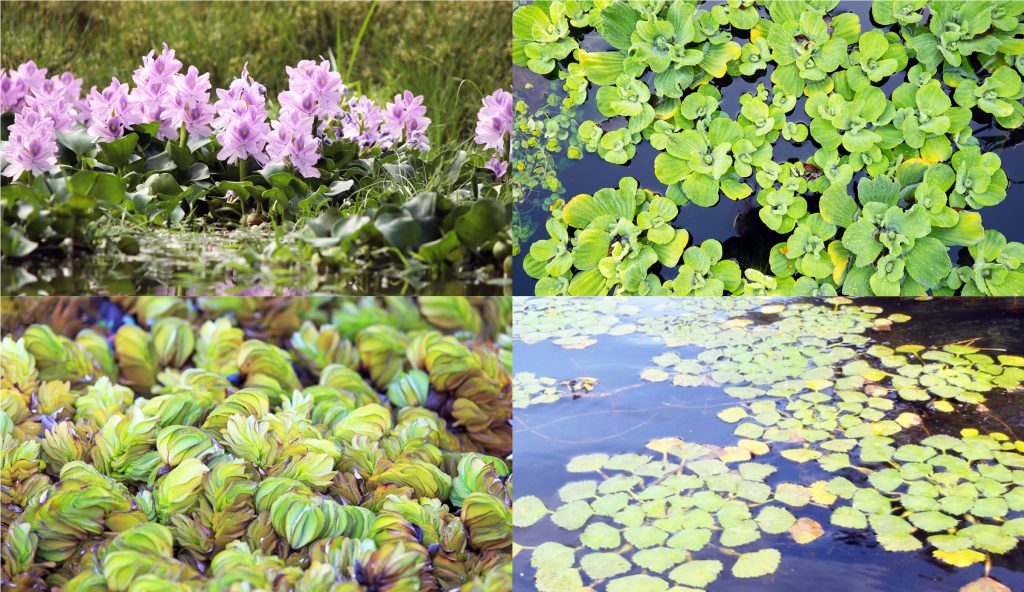
Common floating species:
- Water Hyacinth
- Water Lettuce
- Giant Salvinia
- Water Chestnut
Management approaches:
Floating weeds can be effectively removed with a floating mechanical harvester, which contains a cutting mechanism and steel conveyor belt that transports removed growth to an onboard holding area. Then, the organic matter is off-loaded at the shoreline, dewatered, and eventually transported for disposal away from the site. Harvesting once or twice a year can help keep undesirable growth in check on most waterbodies, but herbicides can also be used to target stubborn growth.
Floating species can also be removed by hand. It is common for volunteers to organize water chestnut pulls in lakes and ponds. During these events, hundreds of pounds of organic plant matter are manually removed and disposed of. While it isn’t a feasible management technique for large infestations, recurring spot treatments can help keep invasive growth at bay.
Emergent + Wetland Weeds
Emergent plants are those that stand upright in the shallow water near lake and pond banks or across vast wetlands. They create complex root systems that can quickly dominate shorelines and destroy hundreds of acres of marsh and wetland areas. The biodiversity of these areas, which are often home to rare and endangered plants and animals, is significantly threatened by invasive weed growth.
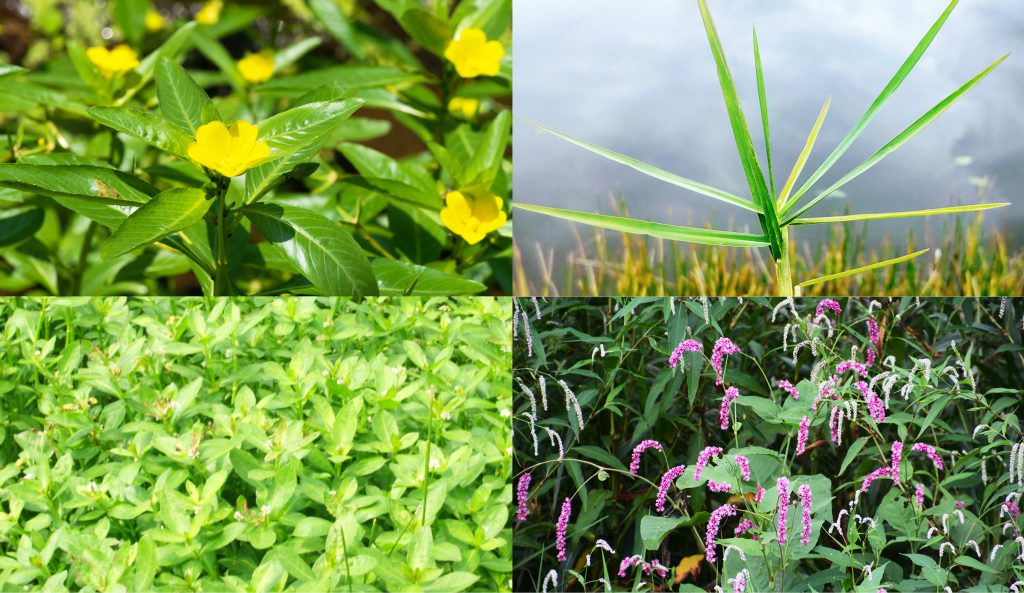
Common emergent/wetland species:
- Water Primrose
- Torpedograss
- Alligatorweed
- Smartweed
- Phragmites
- Flowering Rush
- Purple Loosestrife
- Japanese Knotweed
Management approaches:
Emergent plants can be very effectively managed through mechanical hydro-raking. A hydro-rake is a floating barge equipped with a large rake attachment that can scoop up to 500 pounds of muck and rooted plant matter in each scoop. This process is completed from the water and does not impact non-targeted shoreline plants.
For some nuisance species found in marsh or wetland areas, cutting and burning may be necessary. Phragmites australis, for example, can take years to eradicate due to their expansive root systems and ability to reproduce through fragmentation so an aggressive, multi-year management program is key. And, as with other plant species, pesticides can be used when necessary.
Long Term Prevention
The management of invasive species is possible, but it can be difficult, time-consuming, and expensive. It can also have lasting effects on native plant and animal populations by disturbing the ecological balance of their natural habitats. That’s why the best management approach is year-round preventative monitoring.
The most effective annual programs are built on proactive strategies that help evaluate an aquatic ecosystem from several perspectives. This might include consistent surveillance by foot and by drone, recurring water quality tests, and swift intervention when a problem is identified. Depending on your aquatic ecosystem, professionals may implement nutrient remediation measures, biological bacteria applications, oxygen saturation, and other sustainable solutions.
All of these steps go hand in hand with education. In most cases, people are unaware of their role in the spread of invasive species. Encourage members of your community to look for plant fragments on boats or recreational equipment after leaving a waterbody. Be sure to pick up pet waste, which can inadvertently fertilize invasive plants. Educate others on the importance of invasive species identification; some invasive weeds like purple loosestrife are quite beautiful and tempting to replant as landscaping. These small adjustments can have a significant impact on our natural environment and our local communities.










